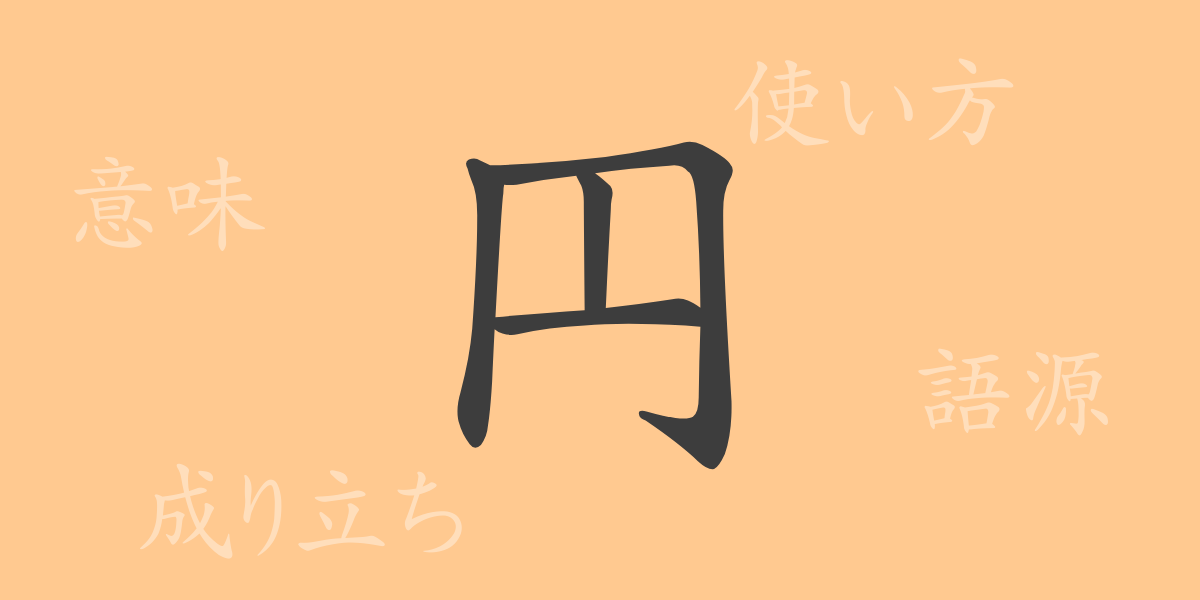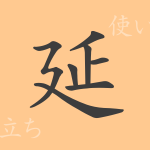“
The single character “”円”” (En) holds many meanings deeply rooted in Japanese culture, economy, and people’s daily lives. Its simple shape evokes infinite possibilities, engraved with thousands of years of history. In this article, we delve into the allure of “”円,”” from its origin to its various modern-day uses.
The Origin of 円 (En)
The etymology of “”円”” comes from its round shape. It originated from the circular shape of ancient Chinese coins and became the kanji used to represent that shape. In Japan, it has been used as a character representing a shape since ancient times and appears in many historical documents.
The Meaning and Usage of 円 (En)
“”円”” is primarily used as an adjective to describe round objects and as the currency unit of Japan. Furthermore, it is a versatile kanji used to express the smooth progression of things or harmonious human relationships.
Reading, Stroke Count, and Radical of 円 (En)
“”円”” is widely known as a common kanji in Japan.
- Reading: The on’yomi reading is “”えん”” (En), and the kun’yomi readings are “”まる”” (Maru) or “”まるい”” (Marui).
- Stroke Count: 4 strokes
- Radical: 囗 (Kannyou)
Compound Words, Idioms, and Proverbs Using 円 (En) and Their Meanings
There are numerous compound words, idioms, and proverbs using “”円,”” such as “”円満”” (Enman, harmony) and “”円卓”” (Entaku, round table). These include symbolic meanings of harmony, completeness, and equality that “”円”” possesses, adding rich nuances to Japanese expressions.
Conclusion on 円 (En)
As introduced in this article, “”円”” is not merely a character representing a shape; it is an important kanji closely related to Japanese culture, values, and people’s lives. It can be said that the Japanese mentality and history are reflected in each of its uses.
“

























